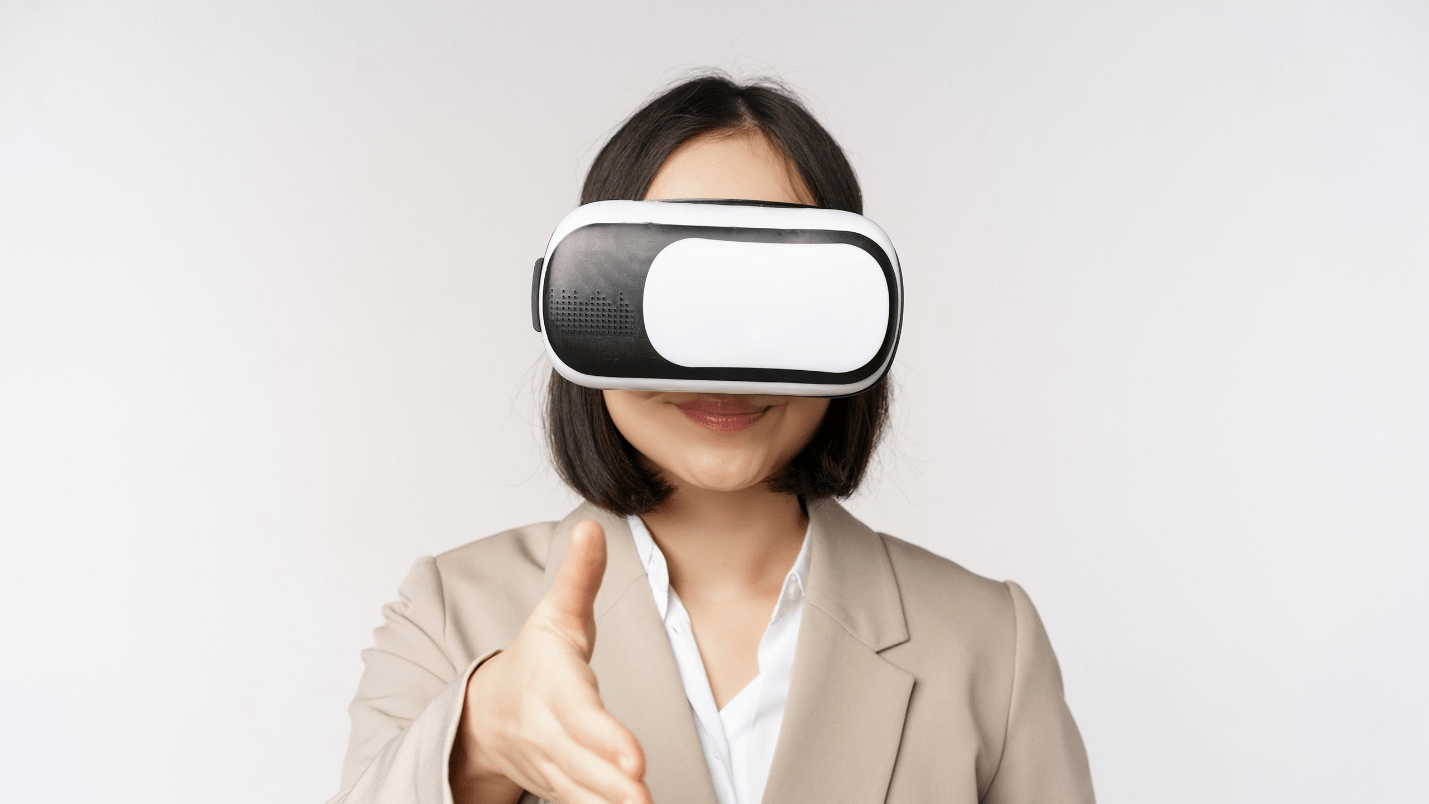
The Digital Doctor is In: AI and Telemedicine Redefine Healthcare
The healthcare industry is undergoing a seismic shift fueled by artificial intelligence (AI) and telemedicine.

There are quite a few people who believe that the biggest revolutionary change for the internet is now well underway: the Metaverse, people say, is almost here. It’s reasonable to take a breath and assess if the reality can live up to the anticipation when firms invest in space and the media and declare a moment. Even knowing where to begin might be difficult for brands considering how to navigate this new landscape.
The term “metaverse” refers to the concept of connecting various diverse worlds and experiences, as well as the recognition that we are approaching a more substantial, immersive environment than ever before. The opportunities to play, work, socialize, and consume have now become more of an enhanced experience. Furthermore, a handful of companies have already been reshaping the metaverse environment, with entertainment and gaming industries leading the way.
The Metaverse’s immersive environment, on the other hand, isn’t simply for consumer-facing businesses. Several business applications range from teaching future surgeons to providing product demonstrations to retail personnel. Many unique virtual business experiences are anticipated to become more significant to how firms connect with their people and their customers in post-Covid hybrid or remote working environments.
For those businesses still on the fence, each brand must discover its niche and balance the risk-reward ratio. To do so, it’s necessary to understand what’s feasible, and organizations that are leaning in quickly can provide both inspiration and test cases. As a result, many brands are capitalizing on the gaming component of the Metaverse by creating brand experiences that are primarily virtual to build up a powerful virtual audience to engage in the long run.
The new behaviors that are emerging around purchasing products and services directly from social commercial platforms, commonly known as “social commerce,” are enhancing the commercial possibilities of the Metaverse all the more. Social commerce is believed to reach $36 billion in 2021, representing a growing percentage of overall e-commerce in the United States, following growth patterns like those in China.
The social media environment is eager to capitalize on the junction as to where people connect and buy not just on the internet but also in an immersive metaverse. Virtual storefronts, dressing rooms, and fashion shows have the ability to go from being a niche experiment to becoming conventional. As capabilities grow, new business models for influencers, virtual products like non-fungible tokens (NFTs) —which are one-of-a-kind creations sold and safeguarded on a blockchain — and commerce on physical entities acquired in virtual worlds will all become more prominent.
While the concept may seem novel at the moment, it has the potential to help businesses better engage with their customers if they can figure out where to begin. Companies must know what goals to choose, observe what the competition is doing, seek new markets, plan the approach, and maintain a balance when it comes to new technologies.

The healthcare industry is undergoing a seismic shift fueled by artificial intelligence (AI) and telemedicine.

The healthcare and pharmaceutical sectors are navigating a transformative period, with technological advancements reshaping patient care, operational efficiencies, and strategic growth.

In the world of business, financial wizards wave their wands to conjure profits and success. But behind every great money magician …

Insurtech is not just making waves in the insurance industry—it’s rewriting the rulebook. As technology-driven startups disrupt …